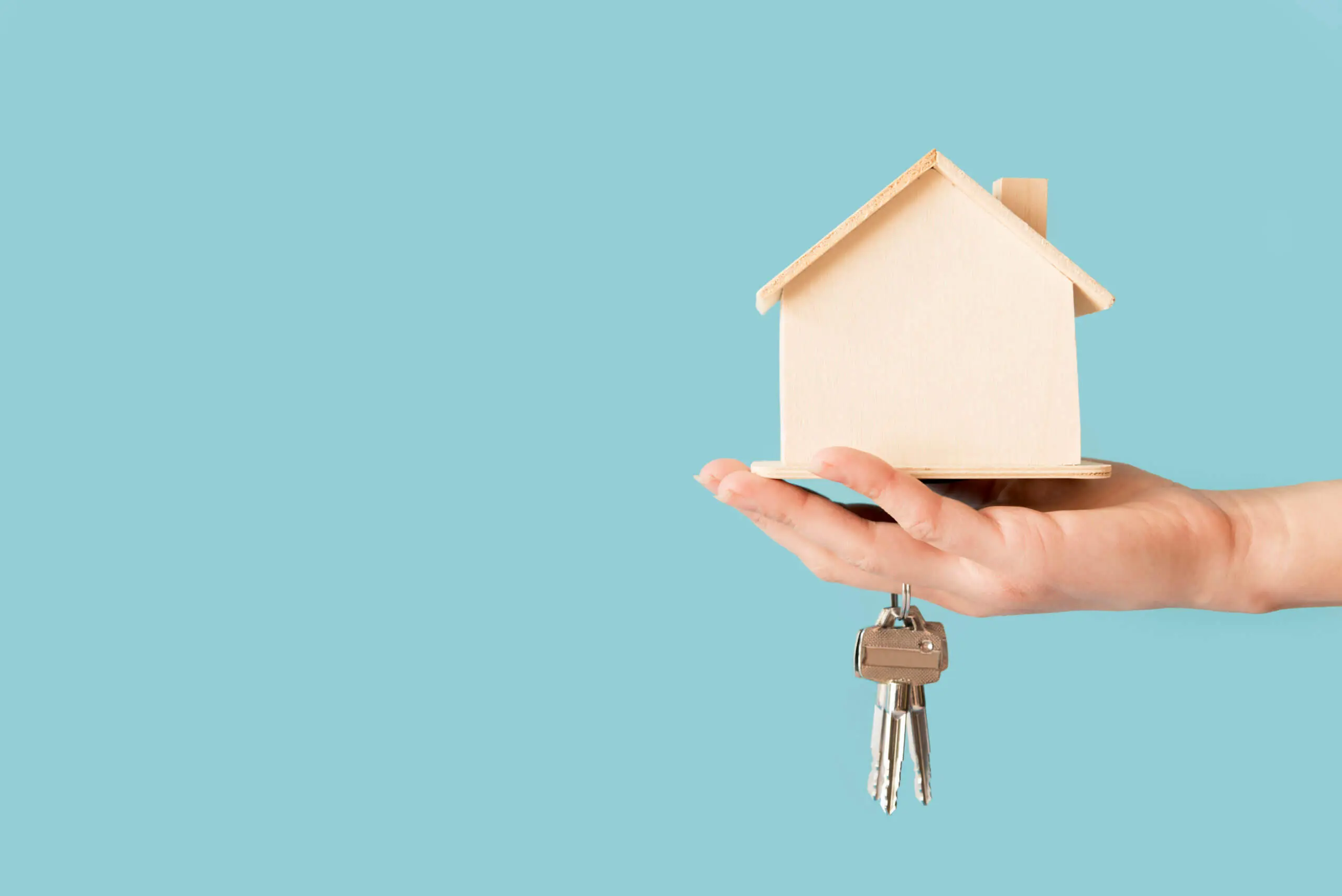What is the Leasehold valuation tribunal Or LVT?
The Leasehold Valuation Tribunal (LVT) has been renamed First-tier Tribunal (Property Chamber) (FTT) and is a statutory court in England that determines different types of landlord and tenant conflicts involving residential property. The FTT usually consists of a panel of three; one with a background in property law (usually a solicitor); one with a background in property valuation, generally a qualified surveyor; and a layman, although some decisions of the FTT are decided by a single member. The FTTs are indeed non-departmental public organizations.
What is covered by the FTT’s jurisdiction?
The FTT has wide-ranging jurisdiction over all aspects of a residential property including service charge determination, variation to long leases, the premium payable for a lease extension or freehold purchase and appointments of managers for buildings that are not managed properly. The FTT has the power to provide landlords with dispensations from compliance with the law. A few examples are:
- Deciding the price be paid by leaseholders compulsorily acquiring either the freehold of houses or lease extensions of property or collectively exercising the right to buy the freehold of a collection of flats.
- Evaluating how much service charge is payable.
- Granting landlords exemptions from compliance with statutory consultation on service charges.
- Assessing the appropriate level of fees charged by landlord’s for lease extensions
- The appointment of managers and receivers for flats improperly managed
How does the FTT differ from the County Court process?
The FTT is a more informal and less adversarial arena. The FTT provides a more open platform to discuss the dispute among the parties and has limited authority to grant costs.
How to apply to a First-tier Tribunal (Property Chamber)?
You can collect a form from your local First-tier Tribunal (Property Chamber) office or the leasehold advisory services website. Before submitting a request, make sure you have taken all the previous steps and are ready to submit the final application. For example, if you want to appoint a manager for the property or building, you usually have to give the freeholder a certain notice before submitting the application. Other sources of assistance are the Leasehold Consultancy Service, a solicitor, a citizen’s advice office or other advice centres in your area can help you with the procedure and guide you through the application.
How do First-tier Tribunal (Property Chamber) work?
First-tier Tribunals are formed by a panel composed of three members: a solicitor, a valuer and a non-expert. It is independent and unbiased. It is a kind of judicial hearing, but less formal than a court. It is important to get professional help and their perspective before you proceed as the proceedings can get quite complicated and the formalities that need to be adhered to are quite confusing at times.
The leaseholder or the freeholder can take their problems to the First-tier Tribunal. The First-tier Tribunal offices are not the only place to hold hearings. They can be held near your address and are often open to the public in offices of the local council. You should go to a hearing in the first place, before planning to apply to a First-tier Tribunal to resolve a dispute. Your regional First-tier Tribunal office can tell you when and where the next hearing regarding your issue will take place.
How long does the FTT process take?
This depends on the amount of supporting documents, the nature of the final application and the availability of the Tribunal. As an example, it usually takes four to six months from start to finish for a simple application for a determination of the reasonableness of service charge.
What happens at a First-tier Tribunal hearing?
You need to gather the evidence before the hearing. Based on the information provided by you and the Freeholder, the First-tier Tribunal will take all submissions into account and make a decision. Both parties will have the opportunity to present their side of the story. The First-tier Tribunal mostly asks questions, and you will have the opportunity to ask your side of questions to the freeholder and any witnesses. You may need to wait a few weeks after the hearing before a written decision comes through the post. Many First-tier Tribunals have waiting lists.
What if you don’t agree with the Leasehold Valuation Tribunal’s decision?
You may appeal when you think that the decision of the First-tier Tribunal is incorrect. This is normally only possible when the First-tier Tribunal has acted inappropriately or has not followed the correct procedure. You cannot apply simply because you don’t accept the decision.
How much does a Leasehold Valuation Tribunal cost?
Application cost ranges from £ 300 to £ 500. If you win, the First-tier Tribunal may be decide to award all costs to one side but this is rare. If more than one leaseholder is affected by the problem, you can apply and share the costs.












